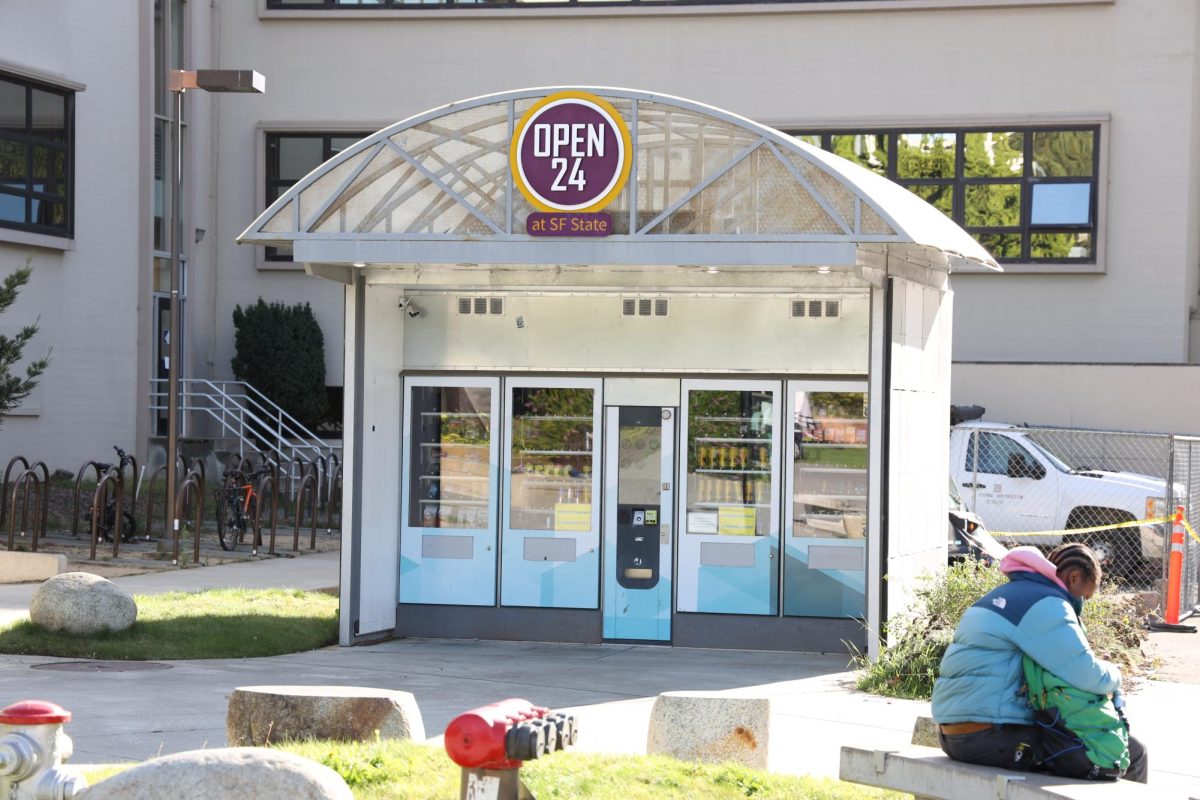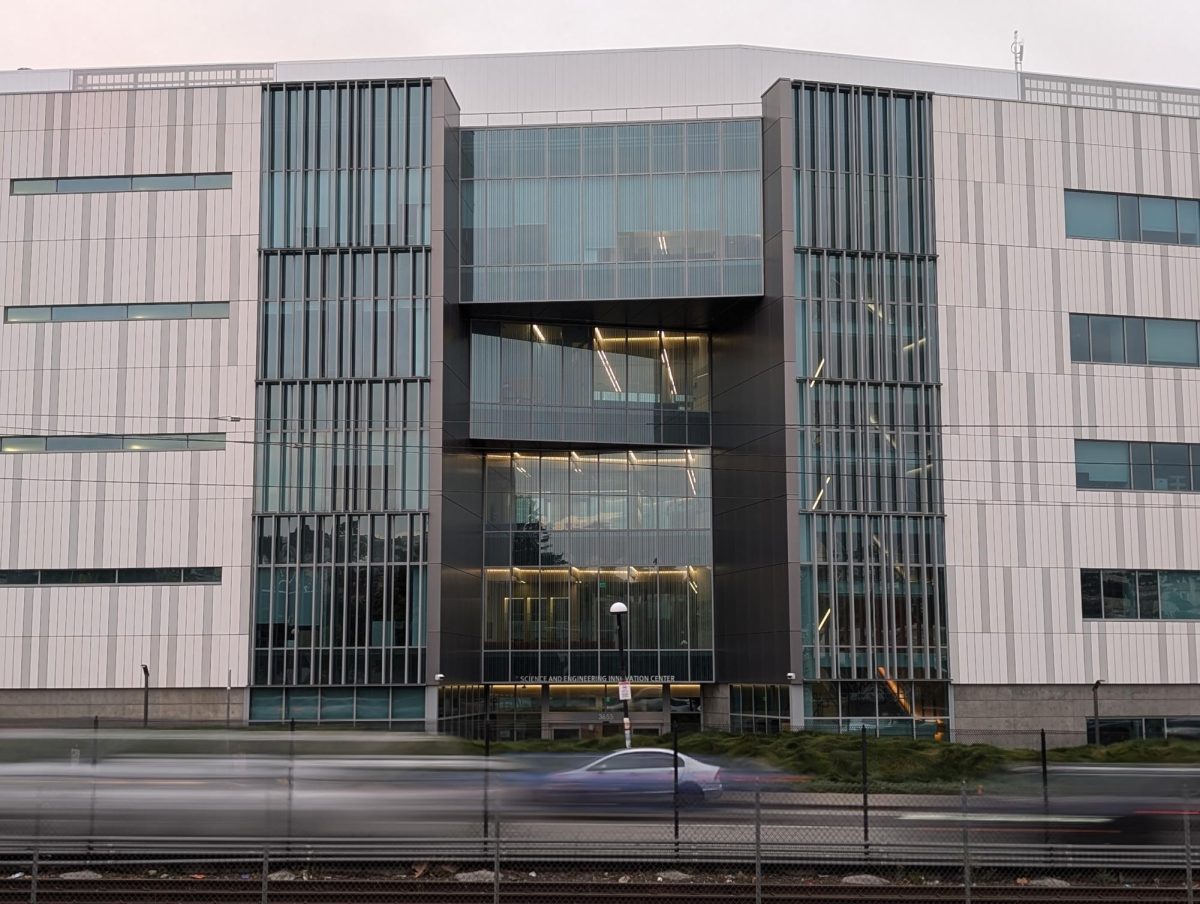“Beautiful Boy” conveys the heartbreaking struggles of both a young man who tries to survive his addiction, relapsing over and over for many years, and the battle a father has to face to save his son.
The movie, directed by Felix Van Groeningen, is based on both David Sheff’s memoir, “Beautiful Boy: A Father’s Journey Through His Son’s Addiction,” and Nic Sheff’s “Tweak: Growing Up on Methamphetamines.” Both tell the story about the substance abuse Nic dealt with in his teenage years.
The film is set in the early 2000s when Nic (Academy Award-nominated actor Timothée Chalamet) starts disappearing for days. Nic’s father David (Golden Globe award-winning actor Steve Carell) knows that Nic is using drugs and we can immediately see the desperation in his eyes. The movie is set mostly in San Francisco, where several scenes show Nic looking for drugs on Haight Street as he tries to deceive his father to get more money for drugs.
The film illustrates several aspects of having an addiction, beginning with Nic isolating himself from the world and David trying to reach out to him.
Nic is a very smart kid with a bright future ahead of him. He applies to multiple colleges and is accepted to all of them. He has a strong interest in literature and aspires to become a writer. But his drug addiction goes beyond his willpower to overcome his melancholy.
We see the contrast of the “beautiful boy” David raised and how addiction causes Nic to slowly drift away from the nurturing environment his father always provided. Even though Nic has had a life filled with love, understanding and supportive parents, he seems to be completely detached from this lifestyle.
The most inspiring feature of this film is the depiction of how hard addiction is to understand unless we are going through it. We can see the pain Nic is going through, as he knows what he is doing is wrong but does not know how to stop. He truly believed he would be able to quit the drugs whenever he wanted, but the emptiness he felt was never filled, no matter what he tried. He started by drinking and smoking marijuana, then became addicted to methamphetamine, followed by heroin.
Substance misuse usually starts in high school, with alcohol being the primary drug among substances, heroin being the second, followed by cocaine and methamphetamine, according to Addiction Center, an informational web guide for people who are struggling with substance use.
David grows tired of going through the same routine: he looks for Nic after he disappears within San Francisco’s hidden corners and street alleys and takes him to rehab once again as he keeps asking Nic, ‘Why?’
Society struggles to understand people with addict. Many people cannot imagine what it is like to be in that headspace. Some think that reading about it or watching it on TV will help them understand what goes into the mind of one who uses drugs. Some just judge the people who struggle with addiction. The complexity of being addicted to substances is a concept few grasp.
People often perceive someone with a drug addiction as a product of bad parenting, and we keep making these scenarios in which we think we can understand the reasoning behind someone deciding to take that path. David and Nic’s relationship is a perfect opposing example to what society has predetermined.
Having an addiction is not something that can be superficially ripped out of us like a bandage. Addictions are usually a way to snooze a bigger problem, yet it soon tends to get out of hand. Unfortunately, Nic doesn’t come to this realization until after he overdoses.
The movie does an excellent job of illustrating the mindset of someone with an addiction — there is a lot of pain underneath, and even though not all people have the same story, there is someone to reach out to. People have been through similar situations, people who care and want to help. The movie ends with a satisfying monologue in which we can picture what goes through Nic’s mind after years of recovery as he continues fighting for his life.










